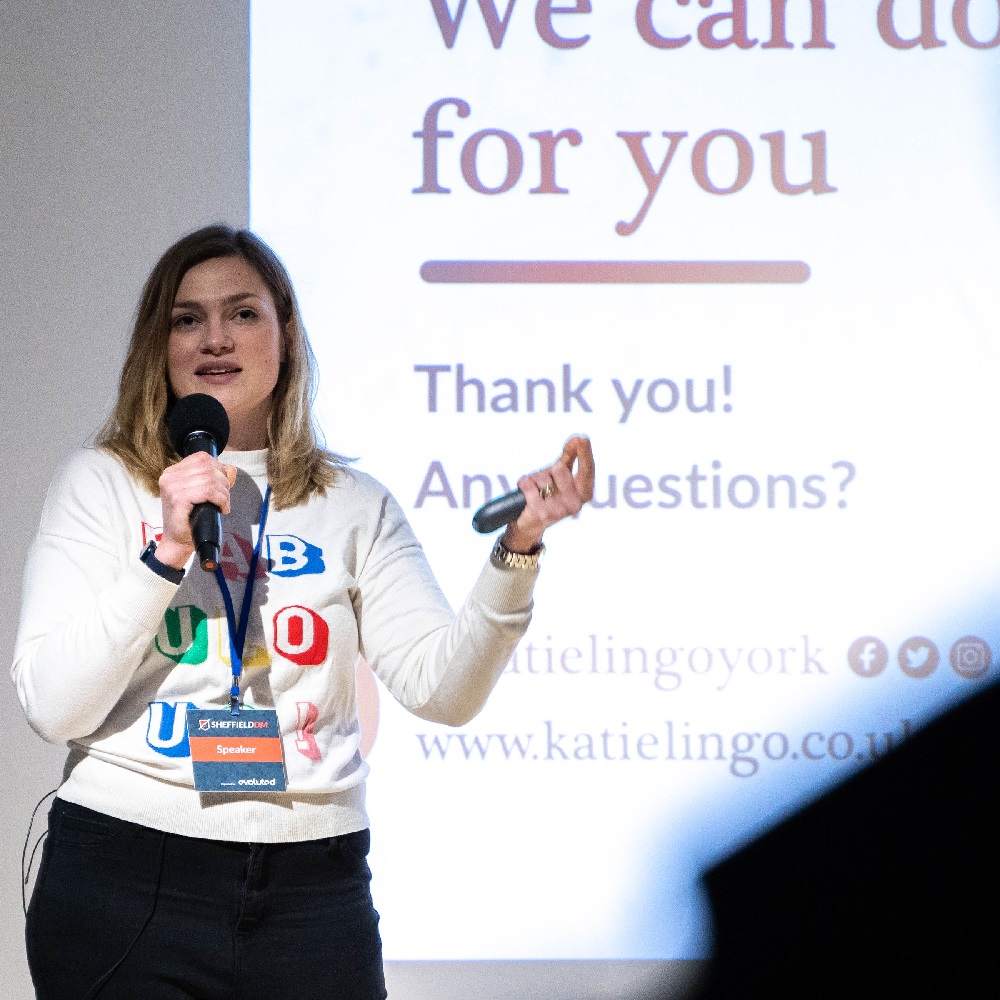Content Strategy
Crunch words and numbers
Get up-to-date keyword data with clear insights into why you should target it.
Never run out of ideas
Combine both topical and evergreen content to attract customers from all angles.
Stay in the game
Be motivated with content deadlines and clear, measurable goals.

What you’ll get from a Katie Lingo content strategy
When you work with us, you get the perks of a professional writer and a self-confessed numbers geek all rolled into one. (That’s Katie and Craig, to be specific.) This makes for an awesome pairing when it comes to background research and execution.
Phase 1: The research
After ticking off the SOSTAC, we’ll go into research mode for you. This includes scoping out your competitors and looking for gaps in your keywords. We use tools such as Semrush, Clearscope, Ubersuggest and Frase to come up with keywords and content themes.
This all comes with user intent in mind. We want to capture your customers at every stage of the journey – whether they’re just browsing or ready to buy. We’ll then recommend the best kind of content for each stage.
Phase 2: The content calendar
Depending on your industry, your content calendar will last three, six or 12 months. You’ll find fields including:
- Theme/title
- Keywords
- Format (blog post, infographic, whitepaper etc.)
- Audience and user intention
- Evergreen (not time-sensitive) or topical
- Opportunities for repurposing or sharing.
We’ll also include gaps should something major happen in your industry. It’s an unpredictable world, after all.
Phase 3: Writing the content
Once you’ve signed off the calendar, it’s time to start creating. Oh, you want us to write the content too? We’ve got you.

